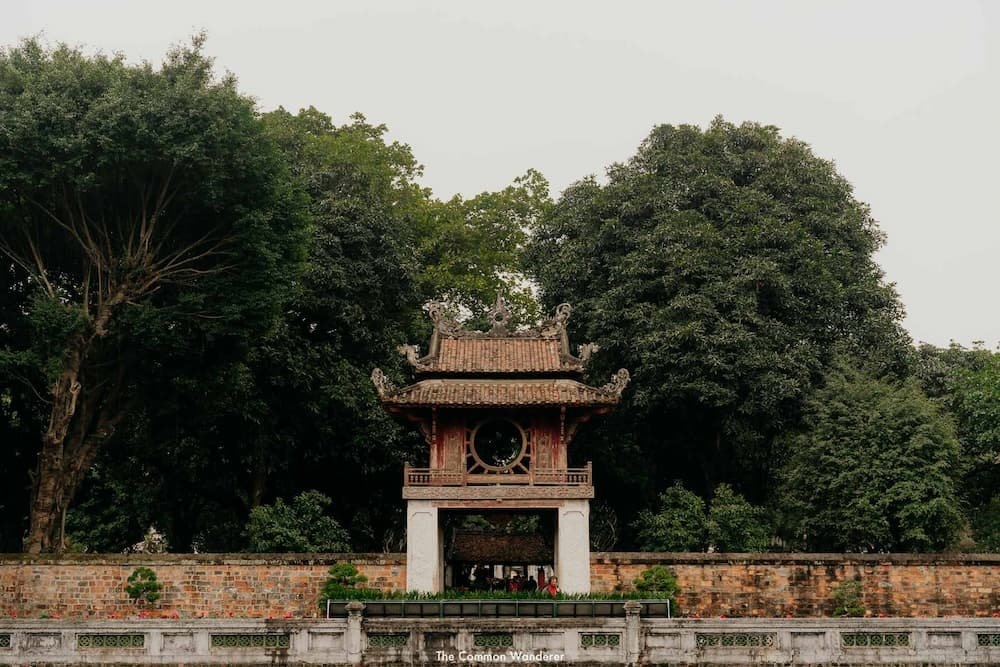Exploring the Temple of Literature: Vietnam’s First University
The Temple of Literature, located in Hanoi, Vietnam, is a historic site that offers a glimpse into the country’s rich educational and cultural heritage. Established in 1070, it served as Vietnam’s first university and is dedicated to Confucius, sages, and scholars. This ancient complex is not only a place of learning but also a symbol of Vietnam’s dedication to education and respect for knowledge. Whether you’re a history enthusiast or a curious traveler, visiting the Temple of Literature provides a unique opportunity to explore Vietnam’s past and its reverence for education.
Historical Significance and Architecture
The Temple of Literature is a testament to Vietnam’s long-standing tradition of valuing education and intellectual achievement. It was originally built as a Confucian temple and later became the Imperial Academy, where scholars were trained for the civil service exams. The architecture of the temple is a beautiful example of traditional Vietnamese design, featuring five courtyards, each with its own unique purpose and layout. The first two courtyards are serene gardens with ancient trees and well-maintained pathways, offering a peaceful atmosphere for reflection.
The third courtyard houses the Thien Quang Tinh (Well of Heavenly Clarity) and the Stelae of Doctors, which are stone tablets inscribed with the names of those who passed the royal exams. These stelae are mounted on the backs of stone turtles, symbolizing longevity and wisdom. The fourth courtyard is home to the Temple of Confucius, where visitors can see altars dedicated to Confucius and his disciples. The final courtyard contains the Thai Hoc House, which was used for study and examinations. This architectural layout not only reflects the temple’s educational purpose but also its spiritual significance.
What to See and Do
When visiting the Temple of Literature, there are several key attractions and activities to enjoy. Start your visit by walking through the main gate, Van Mieu Gate, and take in the tranquil surroundings. As you explore the courtyards, pay attention to the intricate details of the architecture and the historical significance of each area. The Stelae of Doctors is a must-see, as it provides insight into the rigorous academic standards of the past.
In the fourth courtyard, spend some time at the Temple of Confucius, where you can learn about Confucian teachings and their impact on Vietnamese culture. The altars and statues here are beautifully crafted and offer a glimpse into the spiritual life of the scholars who studied at the temple. If you’re interested in Vietnamese history, the Thai Hoc House often hosts exhibitions and displays that provide additional context about the temple’s role in education.
For a more interactive experience, consider visiting during one of the temple’s cultural events or festivals. These events often feature traditional music, calligraphy demonstrations, and other activities that celebrate Vietnam’s cultural heritage. Additionally, the temple’s gift shop offers a variety of souvenirs, including books and traditional crafts, allowing you to take a piece of this historic site home with you.
Tips for Visiting
To make the most of your visit to the Temple of Literature, here are some practical tips to keep in mind. First, plan your visit during the early morning or late afternoon to avoid the crowds and enjoy a more peaceful experience. The temple is open daily, but it’s a good idea to check the opening hours in advance, as they may vary during holidays or special events.
Dress modestly and comfortably, as the temple is a place of cultural and historical significance. Wearing comfortable shoes is also recommended, as you’ll be doing a fair amount of walking. Don’t forget to bring a camera to capture the beautiful architecture and serene gardens, but be respectful of any areas where photography may be restricted.
Consider hiring a local guide to enhance your visit. A knowledgeable guide can provide valuable insights into the history and significance of the temple, making your experience more enriching. Lastly, take your time to explore each courtyard and soak in the peaceful atmosphere. The Temple of Literature is not just a tourist attraction; it’s a place of reflection and learning, offering a unique window into Vietnam’s past.
